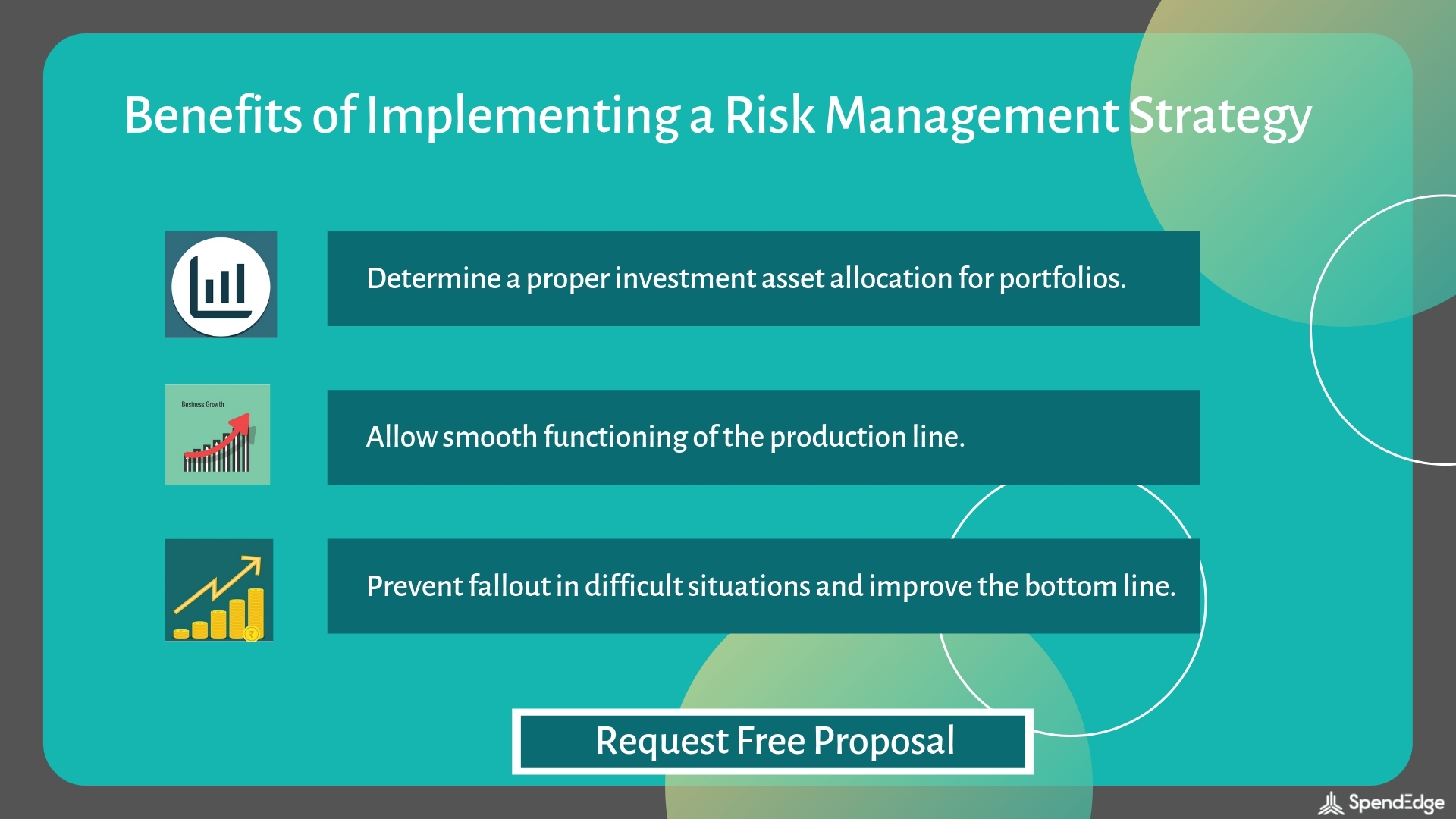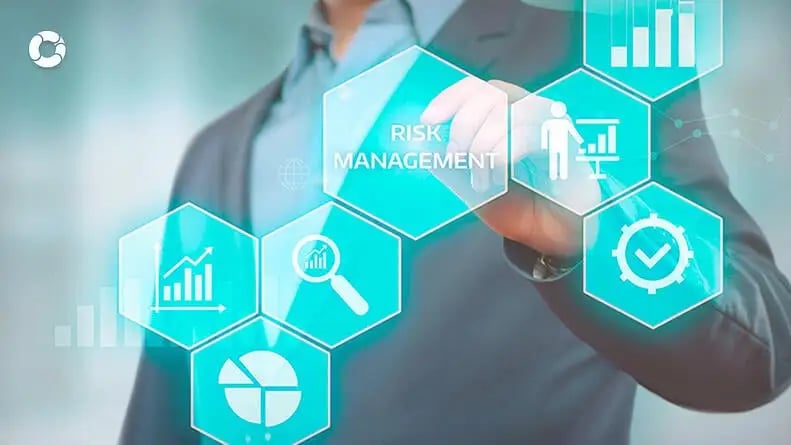How the Importance of Risk Management Facilitates Successful Project Outcomes
How the Importance of Risk Management Facilitates Successful Project Outcomes
Blog Article
Checking out the Importance of Risk Management for Effective Decision-Making Approaches
In the elaborate world of business, Risk Management arises as a crucial aspect in the decision-making procedure. The ability to determine prospective hazards and possibilities, and strategize accordingly, can mean the difference between success and failure.
Comprehending the Idea of Risk Management
Risk Management, an essential part in decision-making, is frequently misinterpreted or oversimplified. Typically, it describes the identification, analysis, and prioritization of dangers to decrease, keep an eye on, and manage the possibility or impact of unfortunate occasions. Nonetheless, it's not just concerning avoiding negative results, yet likewise concerning identifying possible opportunities. Risk Management entails organized and regimented approaches, using data and insightful evaluations. It needs a thorough understanding of the organization's context, objectives, and the potential risks that can obstruct them. From economic unpredictabilities, legal liabilities, strategic Management mistakes, to mishaps and all-natural calamities, it attends to various threats. Significantly, effective Risk Management is not stationary; it's a continuous, forward-looking process that evolves with transforming conditions.
The Duty of Risk Management in Decision-Making Processes
In the world of tactical planning and company operations, Risk Management plays an integral role in decision-making procedures. It assists in identifying prospective dangers and uncertainties that can influence the accomplishment of organization goals. By mapping these dangers, companies can formulate strategies to reduce their impact, making certain service continuity and stability. Risk Management thus ends up being an important device in decision-making, assisting leaders to make educated choices based on a detailed understanding of the risks involved. It motivates an aggressive technique, making it possible for organizations to prepare for and prepare for possible future circumstances. This substantially reduces the possibility of unfavorable consequences, promoting much more efficient and effective decision-making techniques. For that reason, Risk Management serves as an important part in the decision-making processes of any kind of company.

Just How Risk Management Enhances Strategic Preparation
In the context of strategic preparation, Risk Management plays a crucial role. Initiating with the identification of potential dangers, it further reaches the application of Risk reduction steps. The function of Risk Management is dynamic yet not static, as it requires constant monitoring and adjusting of strategies.
Determining Potential Threats

Applying Risk Reduction
Risk reduction strategies can vary from Risk evasion, Risk transfer, to risk decrease. Each approach needs to be tailored to the certain Risk, considering its possible effect and the organization's Risk resistance. Effective Risk mitigation needs a deep understanding of the Risk landscape and the prospective impact of each Risk.
Monitoring and Adjusting Methods
Though Risk mitigation is a vital step in calculated preparation, continuous surveillance and modification of these techniques is similarly crucial. It additionally gives an opportunity to evaluate official source the success of the Risk Management steps, allowing changes to be made where essential, more improving calculated planning. Monitoring and adjusting Risk Management methods is an important element more for improving an organization's resilience and critical planning.
Case Studies: Successful Risk Management and Decision-Making
In the world of company and money, effective Risk Management and decision-making typically serve as the columns of flourishing enterprises. One such entity is an international oil company that minimized financial loss by hedging versus fluctuating oil prices. In one more circumstances, a tech start-up flourished by recognizing and approving risky, high-reward strategies in an unstable market. An international bank, faced with regulative unpredictabilities, successfully navigated the scenario via positive Risk analysis and vibrant decision-making. These instances highlight the value of sharp Risk Management in decision-making procedures. It is not the absence of Risk, however the Management of it, that frequently distinguishes successful companies from unsuccessful ones. These situations emphasize the essential function of Risk Management in calculated decision-making. importance of risk management.
Tools and Techniques for Reliable Risk Management
These devices, such as Risk registers and heat maps, help in recognizing and analyzing potential risks. Risk feedback methods, a key part of Risk Management, involve approving, preventing, moving, or mitigating threats. With these strategies and tools, decision-makers can browse the facility landscape of Risk Management, thus helping with notified and reliable decision-making.
Future Trends in Risk Management and Decision-Making Methods
As we explore the vast landscape of Risk Management, it comes to be apparent that the devices and strategies utilized today will certainly proceed to advance. The idea of Risk society, where every member of an organization is aware and entailed in Risk Management, will obtain extra prominence. These patterns declare an even more proactive and comprehensive method in the direction of Risk Management and decision-making.
Conclusion

Risk Management thus ends up being a crucial device in decision-making, helping leaders to make educated choices based on a thorough understanding of the dangers included. Risk mitigation methods can vary from Risk avoidance, Risk transfer, to take the chance of decrease (importance useful content of risk management). Reliable Risk mitigation calls for a deep understanding of the Risk landscape and the prospective effect of each Risk. Risk response strategies, a key component of Risk Management, include approving, staying clear of, transferring, or mitigating threats. The concept of Risk society, where every member of an organization is aware and included in Risk Management, will acquire a lot more prominence
Report this page